Search the Special Collections and Archives Portal
Search Results
T-Shirt Color: Navy Blue; Front: N.M. Forestry N6S Wildland Firefighter Bernalillo District, Flame; Back: Smokey Southwest Area Wildland Firefighter, Smokey The Bear; Handwritten Text: In Remembrance Of Our Fallen Brothers And Sisters One Year Later God Bless You All. From D. Shainin AFD And N6S, approximately 2001-2012
Level of Description
Archival Collection
Collection Name: New York-New York Hotel and Casino 9-11 Heroes Tribute Collection
Box/Folder: Box 301
Archival Component
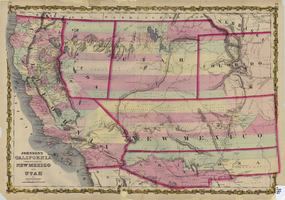
Map of California and territories of New Mexico and Utah, circa 1861
Date
Description
Image
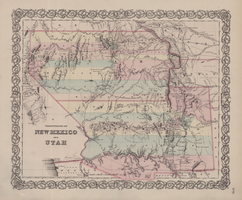
Map of territories of New Mexico and Utah, 1855
Date
Description
Image
Daniel Long oral history interview
Identifier
Abstract
Oral history interview with Daniel Long conducted by John Griebling on February 28, 1980 for the Ralph Roske Oral History Project on Early Las Vegas. In this interview, Long talks about his job history with Southwest Gas Company. He specifically talks about the growth of the company and his experiences there.
Archival Collection
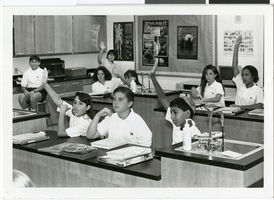
Photograph of students at Milton I. Schwartz Hebrew Academy, Las Vegas (Nev.), 1990s - early 2000s
Date
Archival Collection
Description
Students participating in classroom discussion at the Milton I. Schwartz Hebrew Academy in Las Vegas, Nevada. The school was later renamed to the Dr. Miriam and Sheldon G. Adelson Educational Campus. Stamped on back of image: "Sidra - Kain - Stanton - Southwest; 4055 South Spencer, Suite 208 Las Vegas, Nevada 89199; (702) 794-0405"
Image
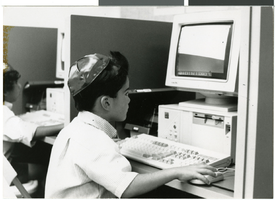
Photograph of Thomas Kanarek at Milton I. Schwartz Hebrew Academy, Las Vegas (Nev.), 1990s - early 2000s
Date
Archival Collection
Description
First grader Thomas Kanarek using a computer at the Milton I. Schwartz Hebrew Academy in Las Vegas, Nevada. The school was later renamed to the Dr. Miriam and Sheldon G. Adelson Educational Campus. Stamped on back of image: "Sidra - Kain - Stanton - Southwest; 4055 South Spencer, Suite 208 Las Vegas, Nevada 89199; (702) 794-0405"
Image
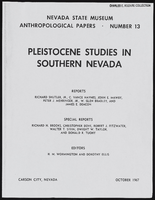
Tule Springs excavation reports
Date
Archival Collection
Description
Text
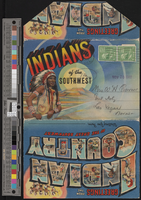
Postcard booklet of illustrations of Southwestern Native American Indians, late 1940s
Date
Archival Collection
Description
Image
